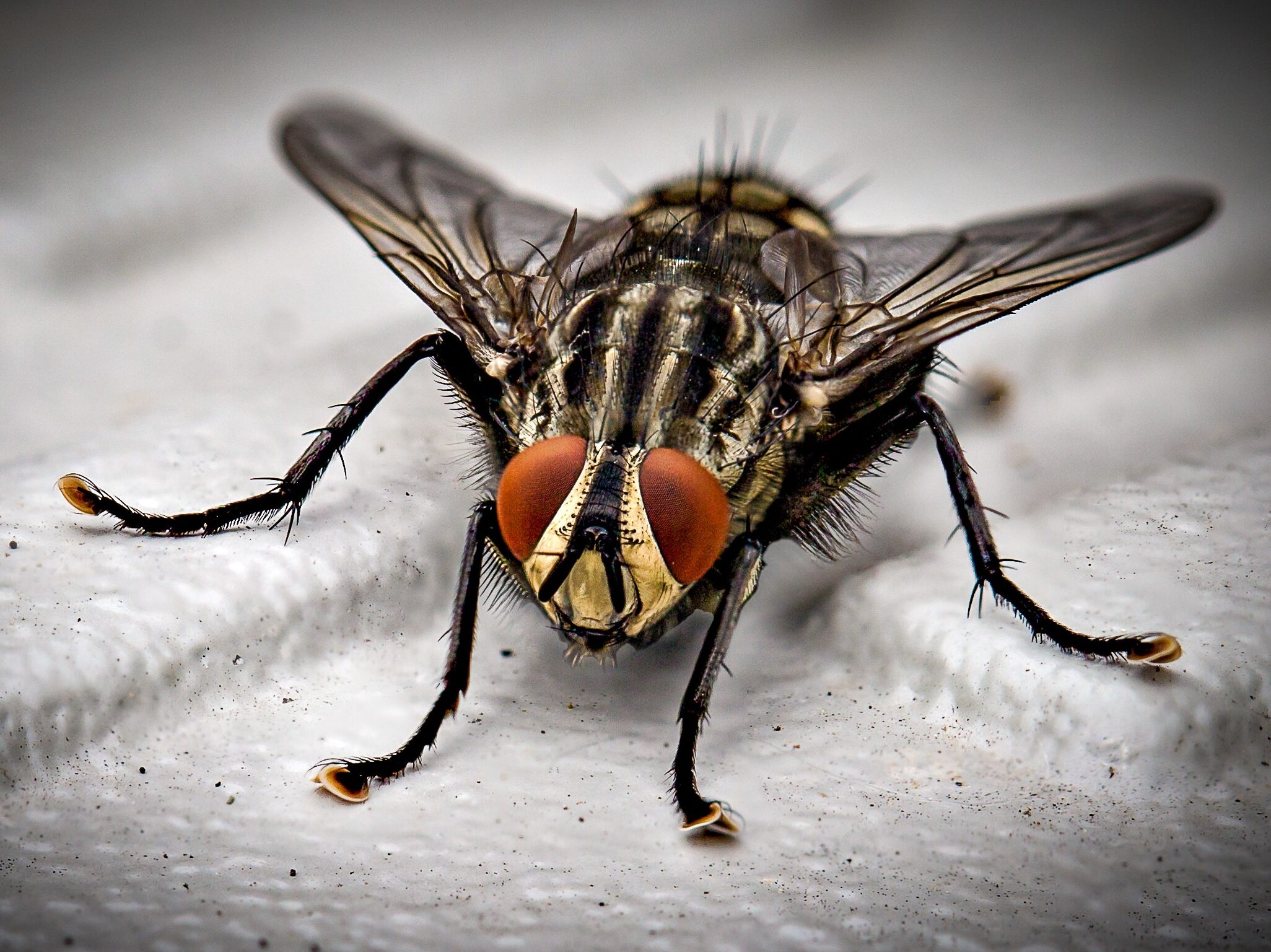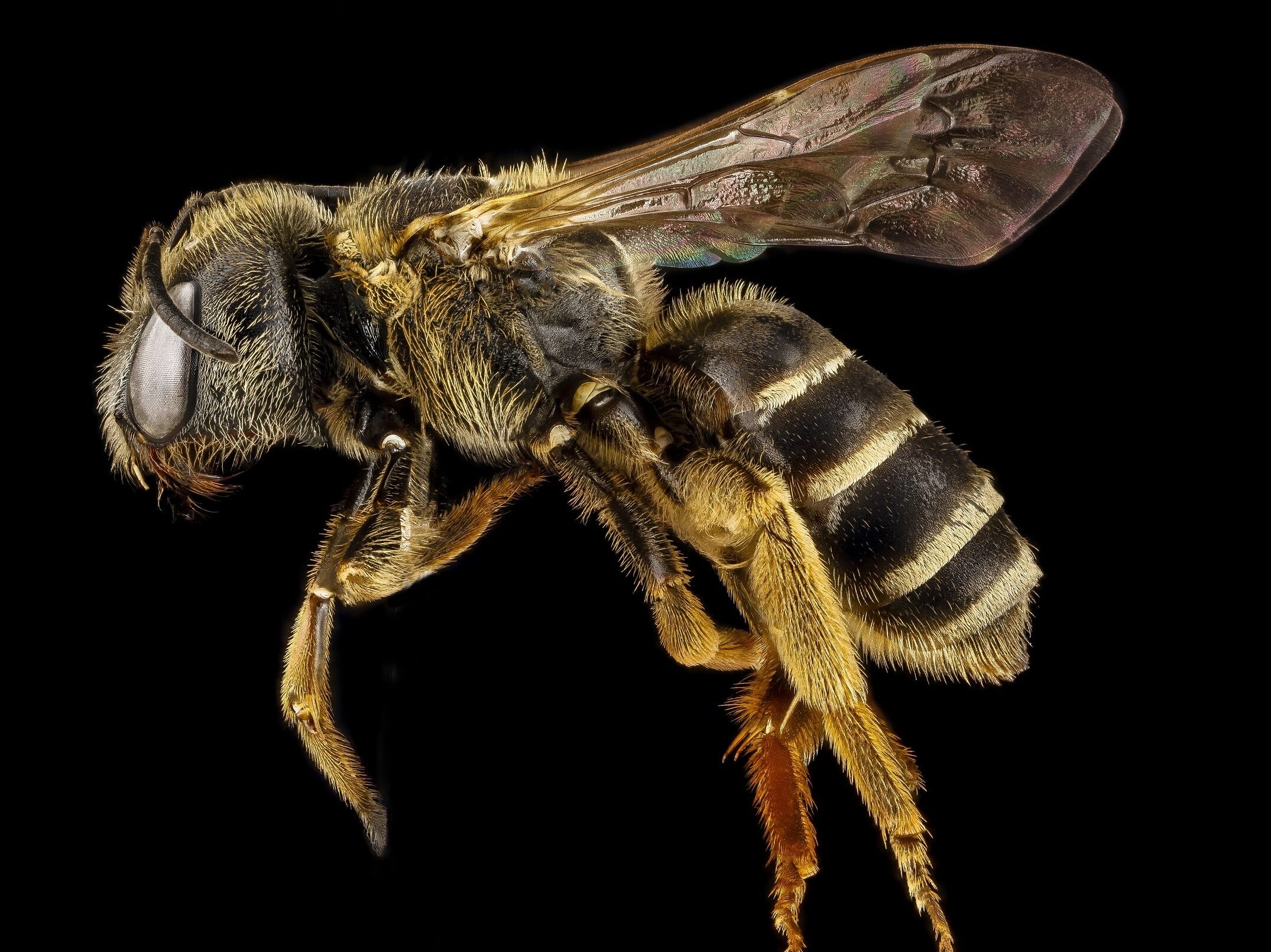Common Flying Insect Pests in East Texas
Flying insects such as flies and mosquitos thrive in the warm, humid climate of east Texas. Not only are these flying insects a nuisance, they can carry dangerous diseases.
See below some of the most common flying insect pests in east Texas:

Flies
Flies are a common pest that come in many different types. They are easy to identify, having a distinctive head with large eyes, transparent wings and oval body. They're frequently seen indoors on windows and around food.
Health Risks of Flies
Flies carry pathogens, which can cause dangerous diseases in people and animals, such as tuberculosis, typhoid and polio.
Flies are considered pests for multiple reasons, including but not limited to:
- Property damage: Flies can damage crops and fruits, reducing their quality and value.
- Contamination: Flies can contaminate food and surfaces in homes and kitchens with their droppings and regurgitated matter, leading to unsanitary conditions.

Mosquitos
Mosquitos are a nuisance and can cause diseases in your family, such as encephalitis and West Nile virus. They're easily identifiable as the tiny stinging insects that hover around cool mornings and evenings with a shrill buzzing noise.
Health Risks of Mosquitos
Mosquitoes are considered nuisances for several reasons:
- Health hazards: Mosquitoes are known to carry and spread diseases such as West Nile virus, Malaria, and Zika virus, which can cause serious illness in humans.
- Annoyance: Mosquitoes can be extremely annoying with their buzzing and biting, making it difficult to enjoy outdoor activities or get a good night's sleep.
- Allergies: Mosquitoes can cause skin irritation, redness, and swelling, especially in people who are allergic to their bites.

Bees & Wasps
Bees and wasps can produce painful stings, and in some people who have an allergy to bee stings, it can be deadly. While bees have a hairy body, wasps have a smooth body. Wasps protect their nests, and if you threaten them, they will sting.
Health Risks of Bees & Wasps
- Health hazards: Bees and wasps have painful stings that can be dangerous to those with allergies. Many species guard their nest fiercely, swarming any unlucky person to disturb them.
- Annoyance: Bees and wasps create nests of mud or paper on houses, boat docks, and virtually any semi-protected opening. This can create aesthetic issues, as well as damage seasonal equipment such as boat and lawnmower engines.
- Allergies: Some people are severely allergic to bee and wasp stings, and it can be deadly if not treated promptly.

Moths
There are many types of moths, not all of which are considered pests. The "pest type" of moths are usually small, ranging in size from 1/2" - 1" long, and grey to white in color. These moths can be damaging to fur and clothing and lay up to 200 eggs.
Moths are considered pests for several reasons:
- Damage to clothing and textiles: Moths are known for feeding on natural fibers, such as wool, silk, and cotton, causing damage to clothing, carpets, and other textiles.
- Contamination of food: Moths can lay their eggs on food, leading to the contamination of pantry items, such as grains, flour, and cereal.
Get Help treating your flying insect pests
By working with Williams Pest Control, you can effectively get rid of mosquitoes, flies, moths, etc from your house and lawn, preventing them from causing nuisances, damaged property, and health hazards to you and your family.
